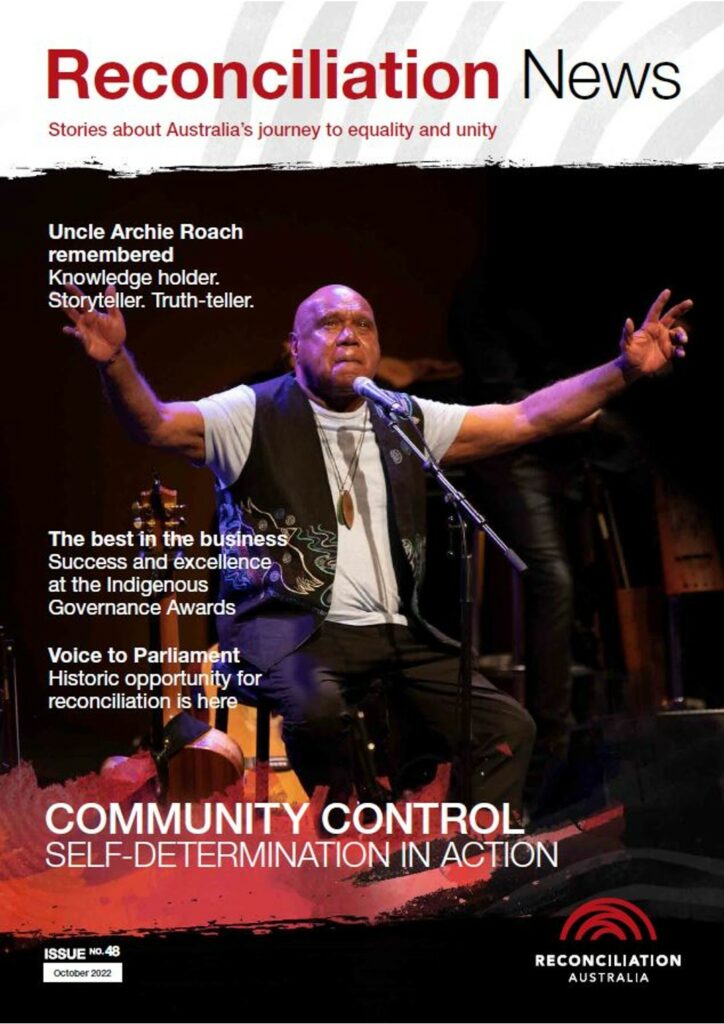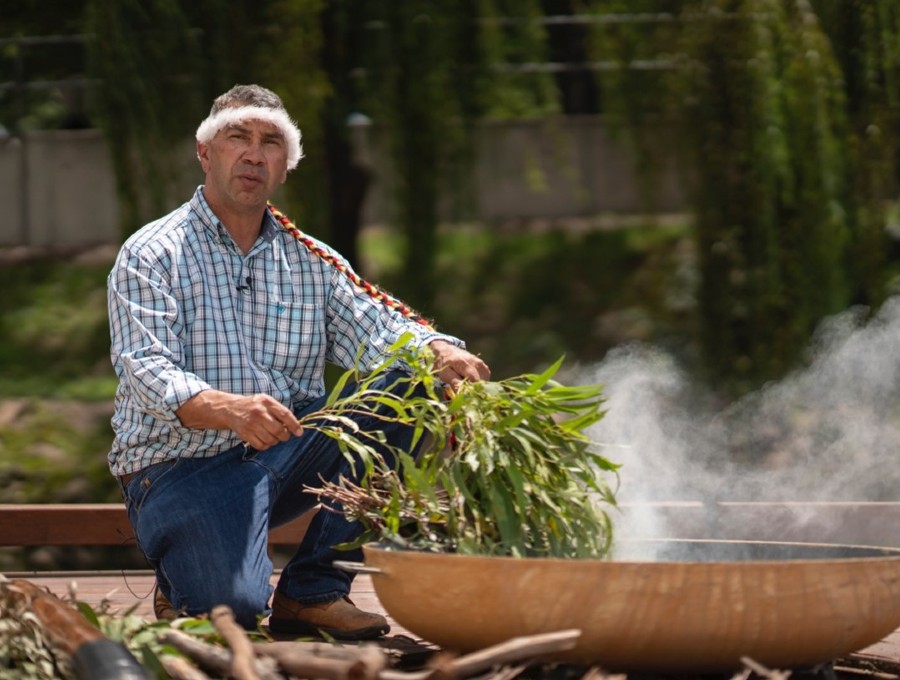Edition 48 of Reconciliation News brings you stories of community-driven success, excellence and self-determination; in Indigenous-led organisations, sports, schools and in Government.
Stories include:
- Historic opportunity for reconciliation is here by Professor Peter Yu AM
- Community control in action: The organisations leading Indigenous governance
- In Conversation: Tammy Anderson
- Uncle Archie Roach: Remembered by Rhyan Clapham
- ‘We wanted something for ourselves’: The Koori Knockout turns 50 by Nakari Thorpe




